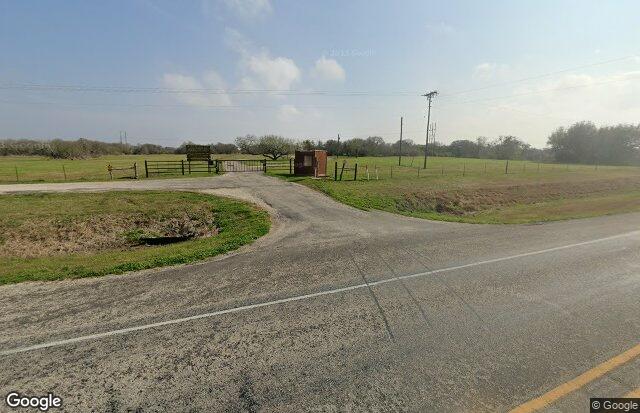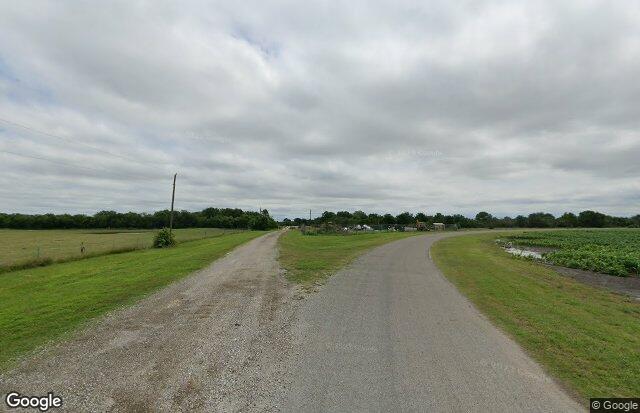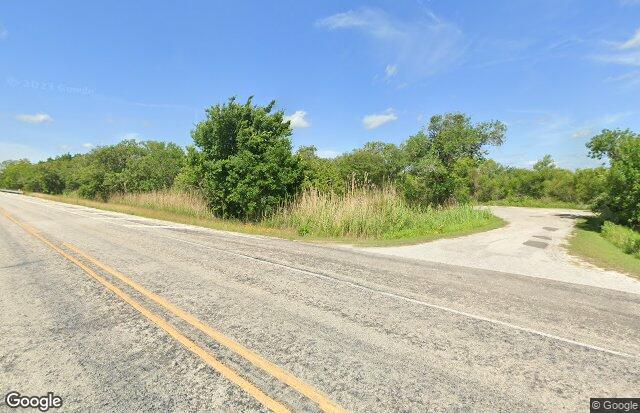
Guadalupe Delta Wildlife Management Area
Birds of Interest
Hundreds of White-faced Ibis seasonally forage in the marshes of the WMA. White-tailed Hawks commonly forage over the WMA during the non-breeding season. Single Peregrine Falcons are observed several times each year foraging over the WMA. Lands in the GDWMA have traditionally provided important habitat for wetland dependent wildlife, especially migratory waterfowl.
The observation platform, located on the south side of SH 35, is open throughout the year, but the WMA itself is closed and is accessible only during scheduled events. The freshwater lake and marshes are seasonally swamped with flood waters as well as attendant waterfowl, shorebirds, and a variety of herons and egrets. Wood storks may be seen here in late summer and early fall, and the marshes around Buffalo Lake usually swarm with herons, egrets, White-faced Ibis, Roseate Spoonbill, and Least Bittern (in summer). Listen for the bubbling trill of the Marsh Wren in late spring. The woodlands within Guadalupe Delta WMA offer fine migrant birding. Tours are scheduled in both spring and fall through the Parks and Wildlife Texas Conservation Passport Program.
For more information: (361) 576-0022 or (361) 790-0308 (regional office)
About this Location
In the late 70's the Guadalupe delta area was identified by the US Fish and Wildlife Service and Texas Parks and Wildlife as a wetlands area that needed to be preserved to protect the wildlife habitat. Guadalupe Delta Wildlife Management Area consists of four units, Mission Lake Unit (4,447.62 acres), Hynes Bay Unit (1007.72 acres), Guadalupe River Unit (1138 acres) and the San Antonio Unit (818 acres). The Guadalupe Delta WMA units are located in Calhoun, Victoria and Refugio Counties within the delta of the Guadalupe River along the Texas coast between Houston and Corpus Christi. The units of the Guadalupe Delta are freshwater marshes subject to flooding from the Guadalupe River and its adjacent bayous. Riparian areas along the numerous small bayous form "corridor forests" of pecan, black willow, cedar, American elm, hackberry and green ash, and provide excellent forage area for neotropical songbirds.
Last updated November 20, 2023
 map & hunting schedule 2023-24
map & hunting schedule 2023-24Dell Little

